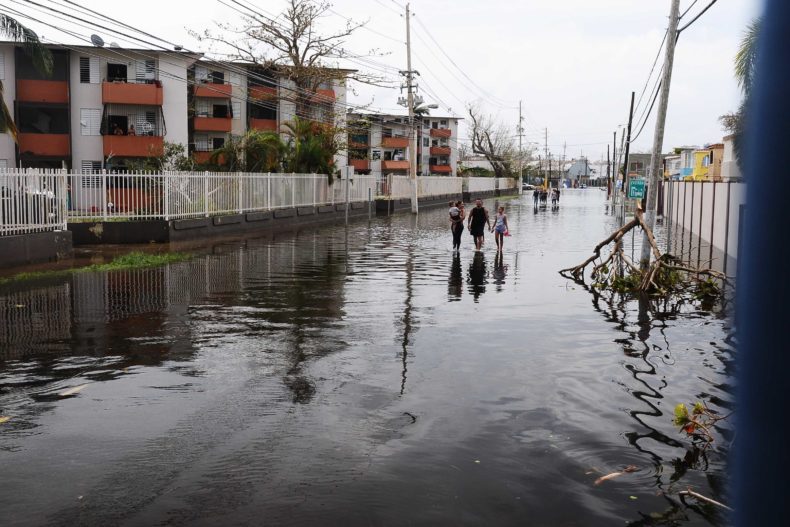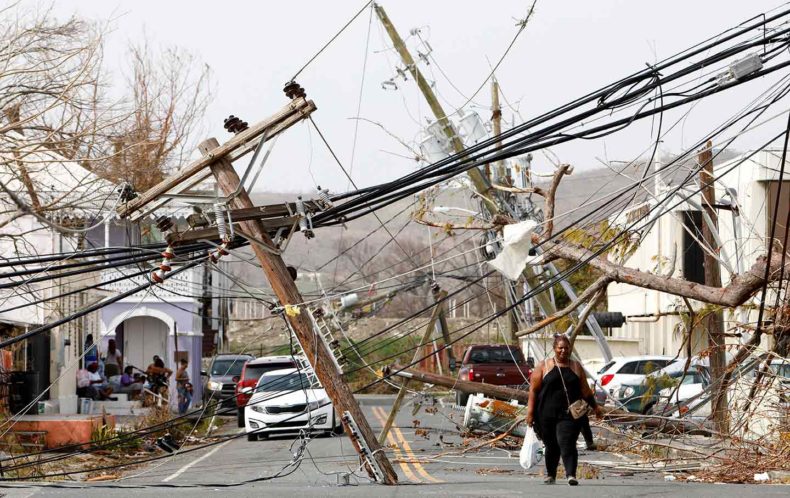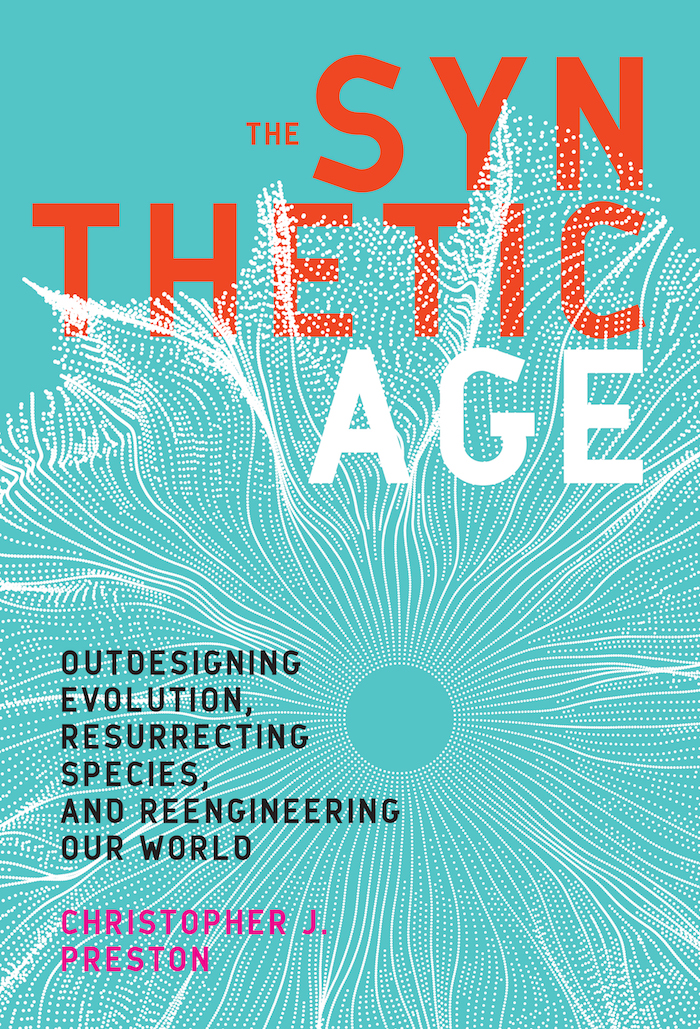
When Hurricane Maria hit Puerto Rico last fall, it killed power to most of the island. The toll was catastrophic. Damages have been estimated at $90 billion. For months, entire cities had no electricity, sanitation, and access to health care. Which is why the government’s official death toll from the storm—64 people—always seemed suspect.
On Sunday, a team from Harvard confirmed those suspicions. In a study published in the New England Journal of Medicine, they showed that the hurricane killed more than 4,600 – 70 times the government’s number.
Why the difference? How can one entity count 64 people and another 4,600? When what they’re counting is something as important as dead American citizens? It turns out counting disaster deaths is harder than it sounds.
To be fair, the government and public health researchers used different definitions for what counted as a “hurricane death.” The government only counts those deaths it can attribute directly to Maria. The academics looked for something called excess deaths: the total number of deaths beyond what should have happened if there’d been no hurricane. To get at this number, researchers don’t even require a complete count of deaths, they just do a survey.
In an ideal world, when disaster strikes, we’d always know exactly how many people died and what from. However, that’s an ideal we never get. As the government response in Puerto Rico shows, it’s just not realistic to expect officials combating a hurricane to accurately track all individual deaths and find each root cause. And sometimes, getting to an individual root cause is impossible. In the wake of a natural disaster, more people die from almost every cause you can think of. Certainly people drown, but rates of stroke also increase. Rather than trying to tease out if a given stroke was caused by the hurricane, an excess death estimate simply notes how many more there were than would have been expected. Continue reading →
 I usually avoid talking to people at the gym. But a few weeks ago, the man next to me had his shoes untied, and I couldn’t help myself. The laces were bright red, and extremely long. He was doing side steps that looked like they had high trip potential. And I was extra-sensitive to falls that day–my mother-in-law had ended up in the hospital after losing her footing in her backyard, and this gentleman looked about the same age, and was approaching his exercises with the same determination I imagined she would.
I usually avoid talking to people at the gym. But a few weeks ago, the man next to me had his shoes untied, and I couldn’t help myself. The laces were bright red, and extremely long. He was doing side steps that looked like they had high trip potential. And I was extra-sensitive to falls that day–my mother-in-law had ended up in the hospital after losing her footing in her backyard, and this gentleman looked about the same age, and was approaching his exercises with the same determination I imagined she would.






